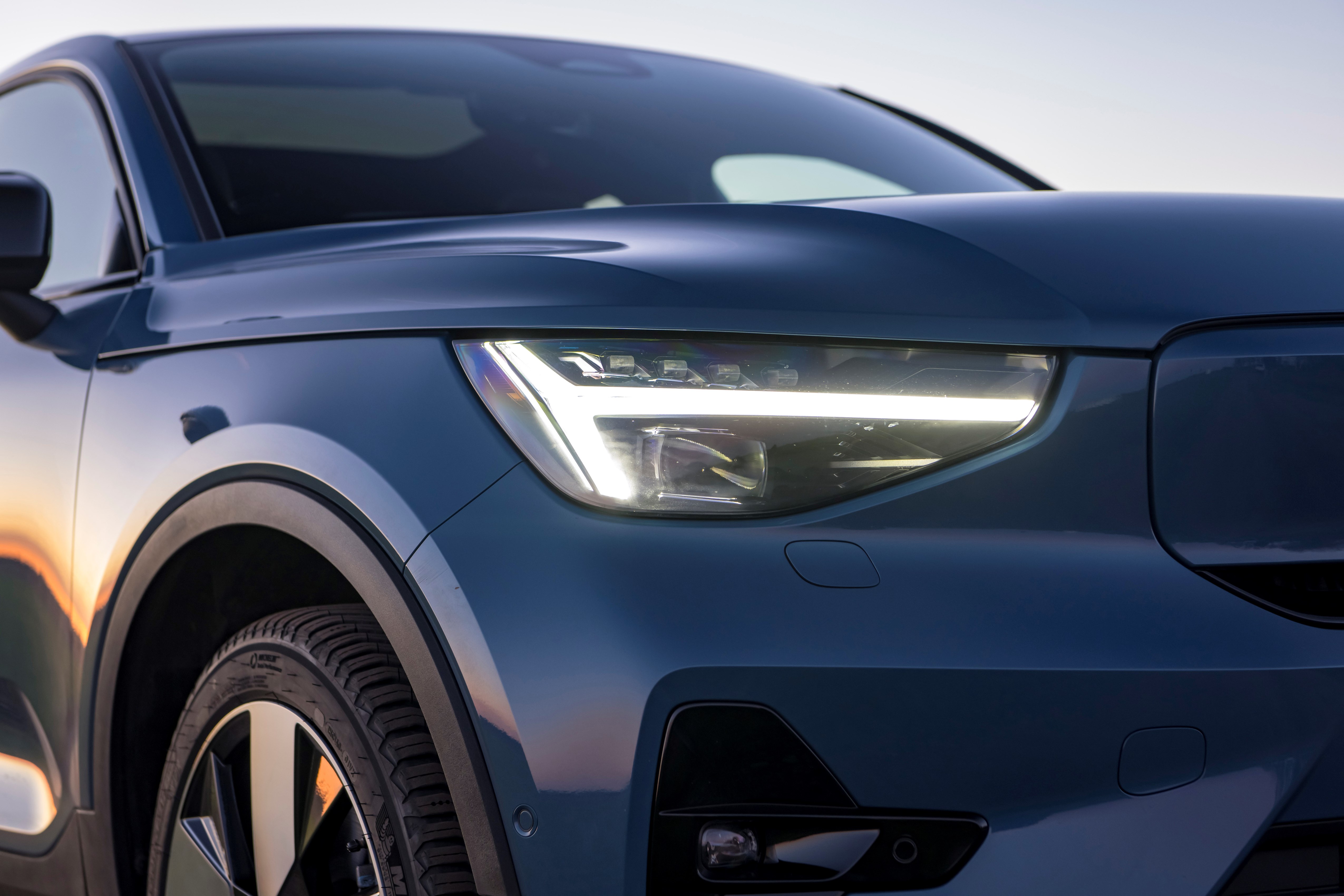Car safety technology: How does it work?
Modern cars are now packed with more safety features than ever, but what are they and how do they work?

Modern safety technology in our cars is now more advanced than ever before.
As our roads become more congested and more accidents occur, cars need to be as safe as they can be to protect drivers, passengers and other road users.
In recent years, modern cars have become packed full of clever and innovative safety features, reducing the severity of accidents.
By law, car manufacturers now have to fit a certain number of different safety features into their vehicles – such as Advanced Driver Assistance Systems (ADAS) and Autonomous Emergency Braking, or AEB.
Crash testing has become tougher with vehicles scoring higher for having a greater amount of standard safety features, too.
So, what are ADAS and AEB? What are the benefits of active headlights, and what are the upsides to having these complicated safety features?
With that in mind, we’ve explained some of the latest car safety technology, and how it can protect you and your family.
ISOFIX
A feature that has been fitted to many cars for nearly three decades is ISOFIX. It stands for ‘International Standard Organisation Fix’ and is a system for fitting child seats safely into a car.
ISOFIX are mounting points that are built into the seats of cars. They are predominantly located on the rear bench, with some vehicles having them fitted to the front passenger seat.
Its main purpose is to make installing a child seat easier, with lots of cars now featuring a three-point system. It features two lower anchorages and a third anchor point to give the child full protection in the event of an accident.
ADAS

ADAS stands for ‘Advanced Driver Assistance Systems’ and can be customised through a vehicle’s infotainment screen – if equipped.
Some of the features include traffic sign recognition, intelligent speed assistance and emergency lane-keeping technology.
Traffic sign recognition uses a camera on the windscreen that reads all of the speed limit signs and relays the speed limit it ‘sees’ onto your dashboard. If you exceed the limit, an audible warning will sound.
Emergency lane keep assist will keep you in your lane on the motorway if it senses you drifting across the white lines and will pull the car back into your lane.
Features such as traffic sign recognition will switch on automatically every time time a vehicle is started. However, other features can be configured to the driver’s preference.
It’s not illegal to have these features switched off when you’re driving, but traffic sign recognition is a mandatory requirement on all new cars.
Adaptive Cruise Control

Adaptive Cruise Control – or ICC – uses sensors at the front of the car to detect the distance from the vehicle in front.
It features standard cruise control, where you can set your preferred speed, but you can set a distance from the vehicle in front as well.
If your vehicle starts to catch up to the car in front, the system will reduce your car’s speed to a safe distance. Then, when the car in front moves out of the way, the system will recognise it and accelerate your car up to its pre-set cruising speed.
You can override the system by pushing down on the accelerator or using the brake, which will cancel the adaptive cruise control.
Autonomous Emergency Braking

As of July 2024, all new cars must have some form of Autonomous Emergency Braking – or AEB.
It reduces the risk of having a low-speed collision with another vehicle or cyclist. It uses various cameras and sensors to monitor the road ahead, and will alert the driver with an audible warning if it senses a collision is impending. If the driver continues to ignore the warning, it will automatically apply the brakes to prevent an accident from occurring.
Active headlights

Headlights have become one of the most advanced pieces of equipment when it comes to car technology.
Lots of modern cars now feature active headlights, which can come on for left and right cornering – to help improve visibility around a bend at night.
Other features include an active high beam feature, where cameras are used to detect cars ahead. The system will then adjust the lighting if it suspects a car is approaching, and will automatically dip the main beam to prevent dazzling oncoming drivers.
Attention monitoring systems
Attention monitoring systems were made mandatory in all new cars from July 2024.
Depending on the manufacturer, some cars will monitor your driving and others will have sensors that look at your eyes to spot drowsiness or lack of attention.
Either an audible warning will be issued, a coffee cup will appear on the dashboard, or some cars will vibrate the steering wheel to alert you to focus on the road ahead.





